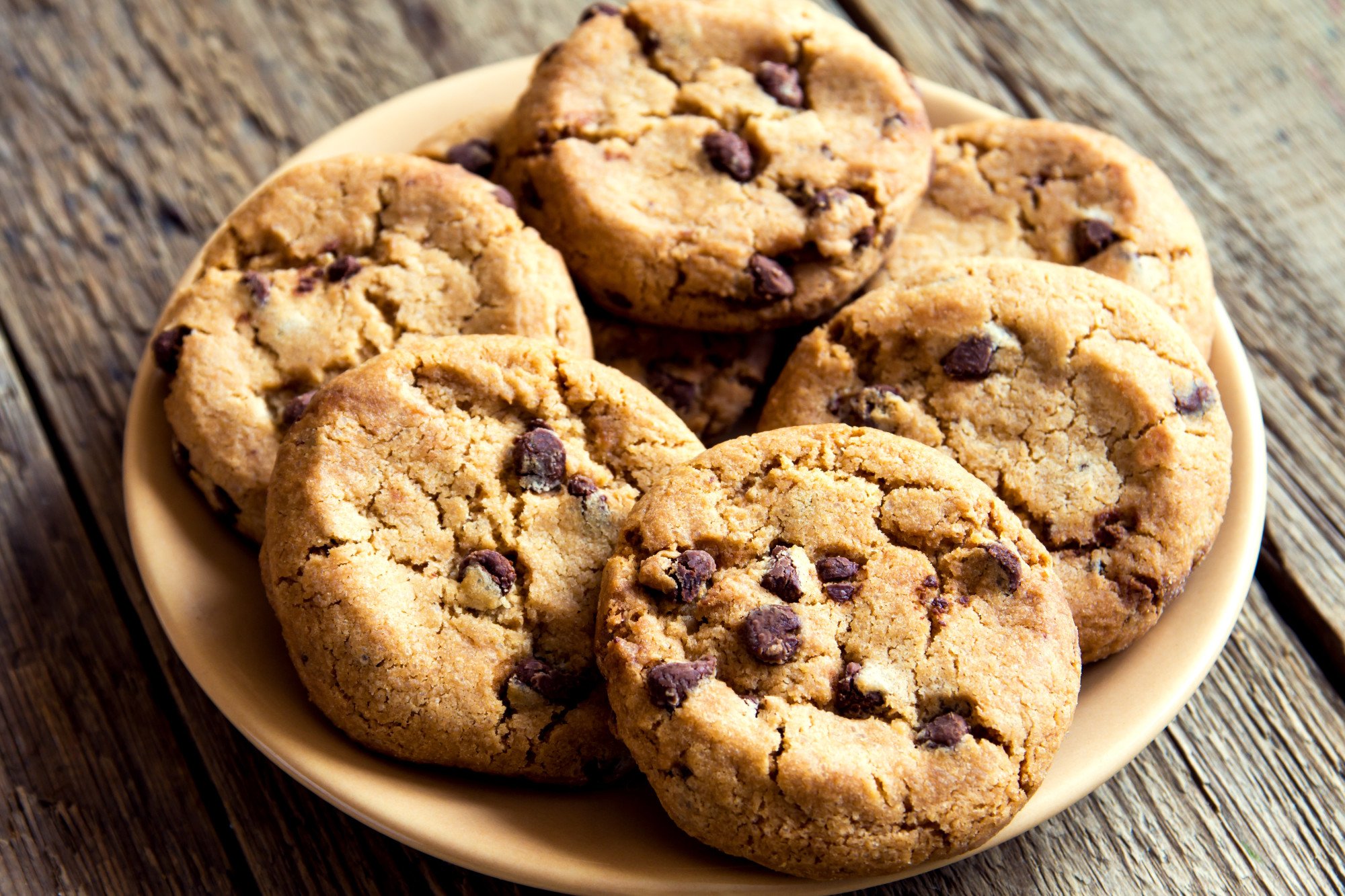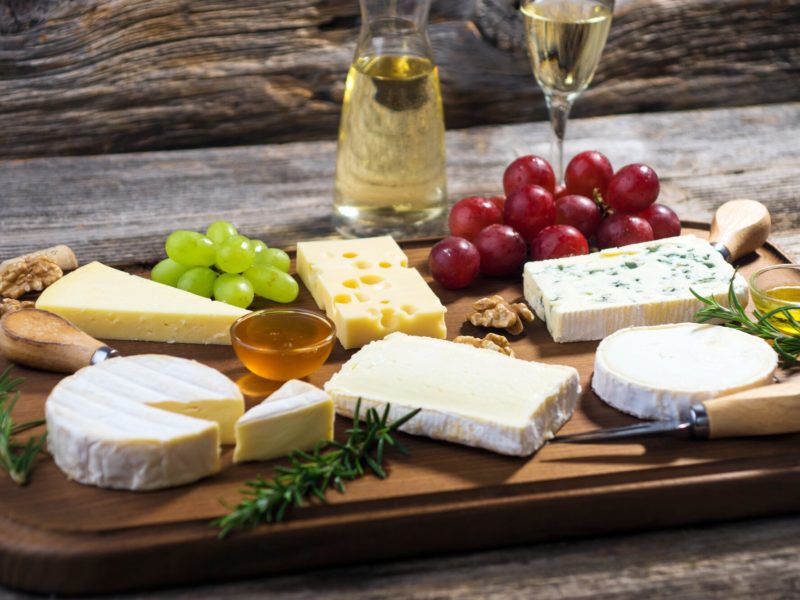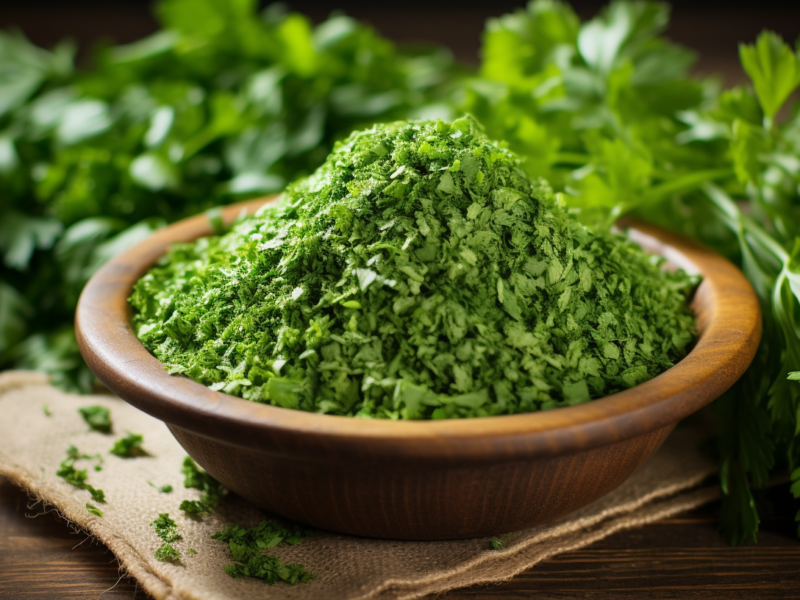Baking is somewhat of a science.
While cooking has a lot of wiggle room when it comes to making adjustments and alterations, one wrong move when you’re baking cakes, pies, or cookies can lead to results that are…less than ideal.
If you’ve ever experienced disappointing baked goods, you know this all too well.
Have you ever tried to bake perfect cookies from what looked to be the best recipe, just to end up with dense hockey pucks or a batch of cookies that merged into one? We’ve been there, and we want to help you out.
Keep reading for our favorite cookie baking tips so you don’t have to worry next time you’re trying to fill your cookie jar.
1. Follow Recipes Exactly
The first (and arguably most important) tip in the list is to follow recipes as they are written (if you’re using a recipe and not creating your own, that is).
It’s easy to get a bit lazy with your recipes. You scoop your flour with no regard for what the consequences might be if your measurements are off. You add salt with reckless abandon. You even get over-confident and add in your “secret ingredient” because certainly, it will make things better.
You end up with cookies that look nothing like the cookies in the photos. What gives?
Even the smallest change can make or break your cookies. Think of baking like chemistry. You need the right binding, the right ratio of liquid to dry ingredients, and the perfect baking time if you want everything to come together.
When you’re adding in your ingredients, measure the right way. If something asks for packed sugar or flour, make sure that you pack and level your measuring tools. Even that small oversight makes a big difference in how much of each ingredient makes it into the bowl.
Don’t add or remove anything unless you know what you’re doing.
2. Know The Power of Butter
Did you know that the state of your butter makes a difference in how your cookies turn out?
First, we’ll start simple. You have a choice between salted or unsalted butter. This is straightforward enough.
If you’re already adding salt to your cookies, consider how salty you want them to be before you choose your butter. Some cookies benefit from a bit of extra salt (like chocolate chip cookies, for example), while others will taste “off” with the extra salt.
You also need to consider the temperature of your butter. This goes back to following recipe instructions. If a recipe asks for a certain temperature of butter, it isn’t a loose guideline.
Melted butter will cause cookies to spread out and get thin and chewy. If this is your goal, that’s what you should choose. Cold butter makes for crispy cookies. Most recipes call for room-temperature butter that will keep cookies stable and not too greasy.
If your cookies didn’t turn out quite right, consider whether or not you followed instructions about your butter.
3. Don’t Overdo Your Add-Ins
If you want cookies that are so full of chocolate chips, candies, or sprinkles, why not add in an extra few tablespoons? Who’s going to know?
Adding in bonus ingredients, even if they don’t make up the “chemistry” of the cookies, can have an impact on how well they bake and hold together. If you want a cookie that’s stuffed to the brim with add-ins, you should find a recipe that calls for that.
Some cookies can stand up to the extra ingredients, but they may need a different baking time and they might not look as pretty as they’re supposed to. They could even crumble if the dough isn’t thick enough.
Add those extra chocolate chips if you choose to, but know that there might be consequences.
4. Substituting? Use Caution
Many people need substitutions when they’re baking. If you’re gluten-intolerant, you might need a different kind of flour. People who don’t use animal products need to avoid milk, eggs, and butter and exchange them for plant-based alternatives. Some people may need to replace sugar with a sugar substitute.
Keep in mind that many alternatives are equivalent enough to their “real” counterparts that you can swap them with ease, but not every recipe will work. Make sure that you look up your specific substitute before using it to see if you need a different amount.
If you need substitutions, it’s best to use a recipe that already includes them. This is more difficult if you’re following an old family recipe, so researching your substitute ingredients is the next best option.
5. Avoid Sticking: The Right Way
So you’ve made the perfect cookie dough. You followed all of the instructions to the letter and your cookies are ready to go into the oven. You’ve even set the oven to the exact right temperature.
What could go wrong?
If you don’t use the right method for stopping your cookies from sticking, you’re going to have a problem. Your cookies might spread out or stay too small, or worse, stick to the baking sheet.
This is another case in which you should follow the instructions. Different recipes call for different non-stick methods. If they don’t list specifics, using parchment paper (a special paper to bake with) is often the best choice.
You never want to bake the best cookies just to end up scraping them off of the cookie sheet later. That ruins your perfect batch!
Time to Bake the Perfect Cookies
Baking the perfect cookies is easy once you understand the basics.
Our best baking advice? When in doubt, follow the recipe as it’s written. Bakers and food bloggers have tested their recipes out and they know that they work! Making changes is a recipe for disaster.
Do you love cooking, baking, and reading about food? We have plenty of articles to choose from. Check out the rest of our site!


